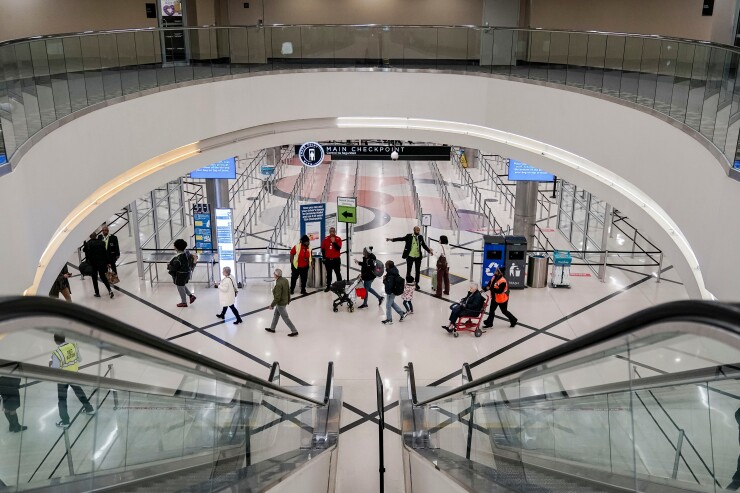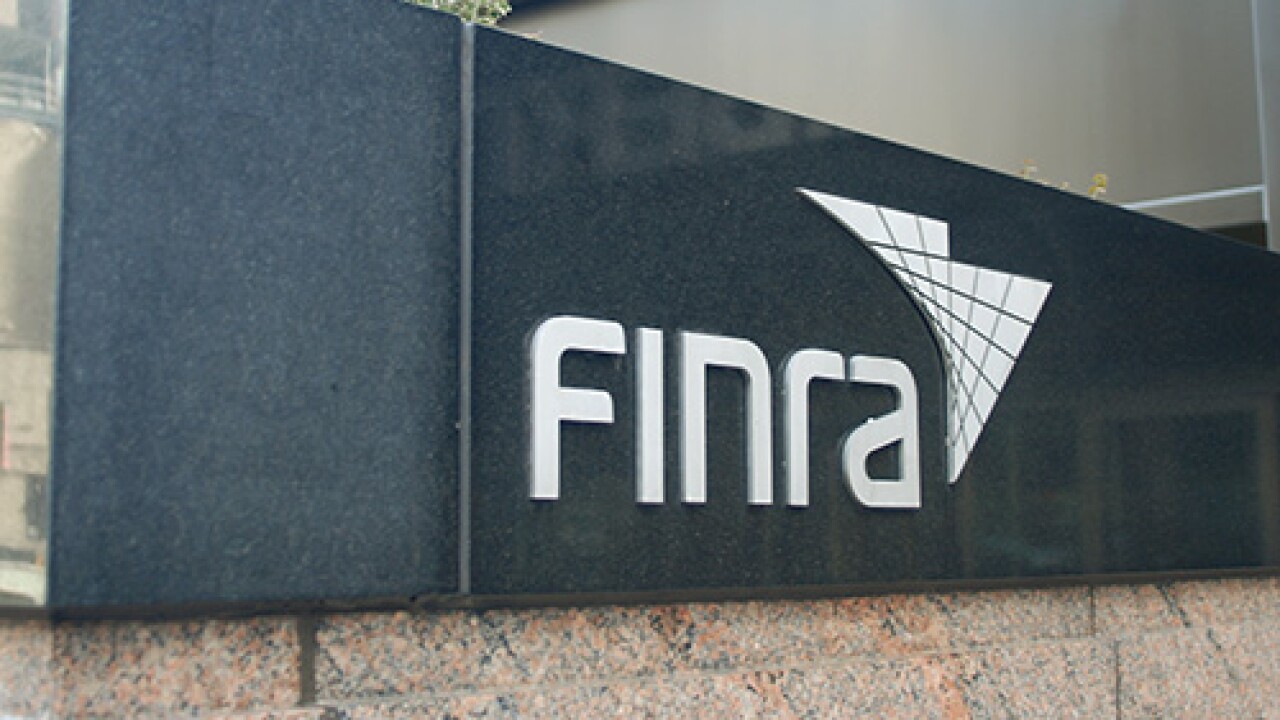
Atlanta Mayor Andre Dickens is expected to act this week on a proposed city comprehensive plan containing more than $12.5 billion in capital projects.
The plan has 87 capital projects, many of which will be financed through bonds.
Dubbed "
The most expensive projects are $6 billion for ATLNext, a set of capital programs at Hartsfield-Jackson Atlanta International Airport; $4.1 billion for general Metropolitan Atlanta Rapid Transit Authority capital projects; $600 million for the MARTA Clifton Corridor project; and $510 million for the Renew Atlanta-TSPLOST transportation projects.
These spending estimates and the estimate of more $12.5 billion for all projects are for 2026-2030. Many departments haven't yet estimated project costs and so the actual cost to do all of them would exceed $12.5 billion.
The new plan's simplification of the city's land use ordinances is perhaps the principal difference compared to the existing Plan A approved in October 2021.
"Having a comprehensive plan that guides future development and zoning is a wise pursuit," said John Hallacy, president of John Hallacy Consulting LLC. "The city is forecasting a population increase to 700,000 by 2050 from a base of approximately 523,000 now. Land use clearly will be at a premium. It is clear from the maps provided that open space is not all that plentiful. It must be preserved.
"There is also a lot of discussion about climate and the need to preserve a natural tree canopy," Hallacy said. "The thought is this approach should help the environment and provide better coping with the heat the city experiences."
Muni Credit Today Publisher Joseph Krist said, "Atlanta is at one of those points where you need to keep investing to grow. The busiest airport in the U.S. [Hartsfield-Jackson] deserves investment as it is the key economic driver for the city; MARTA needs to be maintained; growth and expansion needs infrastructure.
"I would look at projects like Clifton Corridor as somewhat aspirational," Krist said.
"Are they ambitious? Oh, yes! Will they strain the finance of the bond issuing entities? I don't believe so," he said.
"I see the corridor project as aspirational in that it attempts to integrate [residential district] Buckhead into the mass transit scheme even more," Krist said. "That has been a point of contention."
Doug Kilcommons, managing director at KBRA, said, "As Atlanta continues to experience tremendous growth, KBRA believes Plan A provides a coordinated framework under which the city will tackle multiple, high priority initiatives, notably land use, transportation, affordable housing and economic development, among others. The final plan A is expected to provide the city with a defining vision for the next five, 10 and 15 years, include desired near- and long-term outcomes, and guide building activities. In KBRA's view, this suggests a structured, thoughtful approach to initiating Plan A investments."
Most of PLAN A's financial specifics are in its 2026-2030 community work program, found in Appendix 2.
ATLNext is the airport's 20-year capital program. Its $6 billion in spending in the next five years is expected to be used for a central passenger terminal complex, parking decks, increased space for airplanes, support facilities and air cargo facilities, according to the airport's web site.
The airport's general revenue bonds are rated Aa3 by Moody's Ratings,
Atlanta voters
The proposed PLAN A's most expensive MARTA program is Clifton Corridor, currently in the planning stage. MARTA is trying to decide between four bus rapid transit and six light rail options to reduce the transit time in the corridor from over an hour to about 30 minutes. MARTA anticipates completion by 2033.
PLAN A is "aspirational" and doesn't constrain the city council, said Donna Roye, public information officer with the Atlanta Department of City Planning. "As the city develops its budget annually, priorities are programmed to align with the overall vision and direction of the plan."
MARTA's bonds are rated AAA by S&P and KBRA and
Kilcommons said KBRA's ratings of the airport and MARTA consider their substantial capital spending plans but find the plans offset by the entities' financial flexibility and debt servicing capability.
Atlanta's senior bonds are rated Aa1 by Moody's, AA-plus by S&P and AAA by Fitch. The city's senior water and sewer bonds are rated Aa2 by Moody's, AA-minus by S&P and AA by Fitch.
Georgia requires comprehensive plans to be updated every five years, said Roye. The community work program and one other element cover just the next five years but the plan overall covers as far out as 20 years.
The city is required to complete the next update to Plan A by October 2030, Roye said. "However, with the updates to the citywide comprehensive transportation plan and adoption/start of the new zoning ordinance within the next 18 months, we expect to update parts of PLAN A before 2030 — this is typical for Georgia municipalities who complete similar updates to their citywide transportation and zoning policies," she wrote in an email.
The proposed PLAN A updates the city's transportation plan with more recent policy changes and this past year's public input, Roye said. The city will create a new comprehensive transportation plan in the next 18 months that will go "much deeper into the goals, policies and actions for a local transportation system."
When the new comprehensive transportation plan is adopted, the current PLAN A transportation planning element will be replaced, Roye said.
"One important element is that all plans need to be somewhat flexible so change is possible over time," Hallacy said. The city generally revises its comprehensive plan every five years.
"City planning is a discipline that is not always readily recognized. In the long run the effort should make a difference," he said.
"Many cities either have a plan or have elements of one," Hallacy said.
"Success varies but being aware of all the factors and attempting to adhere to them should be efficacious in a future evaluation of whether the plan has been successful or not," he said.
"The comprehensive plan process provides opportunities for public input, identification of concerns, and a framework for the development and enactment of local laws to reflect current and future needs," Krist said. "They are a foundational element in the process of addressing the issue of housing. They allow for the updating of regulations and processes. Not just simple rules and laws but for bigger policy issues like zoning and economic development. If it's done right, the process can also contribute to consensus on major issues."





